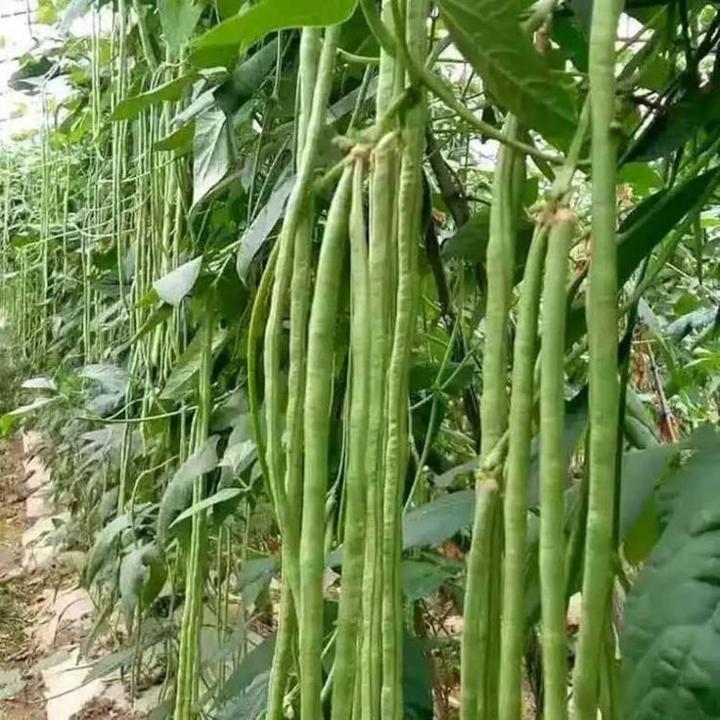Black-Eyed Pea Plant
Black-eyed pea (Vigna unguiculata), an annual from Africa, grows 0.5-3 m in sandy loam with full sun, tolerates low moisture, yielding 0.4-0.8 kg of seeds that support heart health with infrequent watering and 5:10:10 NPK.

Habit
Annual
Height
0.5-3 m
Growth
Fast
Soil
Sandy loam
Shade
Full sun
Moisture
Low-Moderate
Edible
Yes (seeds, pods)
Medicinal
Yes (antioxidants)
Origin
Africa
Climatic Condition
Tropical, Subtropical
Temperature (°)
20-35
Humidity (%)
40-70
Potting media
50% sand, 30% compost, 20% peat
Fertilizers
Low nitrogen NPK (5:10:10)
Watering
Infrequent, drought-tolerant
Plant Weight
~0.5-1.5 kg
Flowering Time
Summer
Soil Ph level
6.0-7.0
Water Ph level
6.0-7.0
Soil EC
0.5-1.0
Yield Per Plant
0.4-0.8 kg
NPK ratio
5:10:10
life Span
1 year
Health Benefits
Supports heart health, digestion
Suggested Grow Media or Potting Mix ?
50% sand, 30% compost, 20% peat
Suggested Fertigation/Fertilizers
Fertilize monthly with low-nitrogen NPK
Common Diseases and Remedies
Leaf Spot, Powdery Mildew, Rust, Aphid Infestation, Root Rot, Serpentine Leaf Miner.
Brown or black lesions on leaves, White powdery growth on leaves, Reddish or orange pustules on leaves, Distorted leaves and sticky residue, Wilting and stunted growth
Neem oil, compost tea, improve air circulation, sulfur spray, insecticidal soap, Improve soil drainage.
Copper-based fungicides, Sulfur-based fungicides, Fungicides with propiconazole, Chemical insecticides, Soil-applied fungicides
HEALTH BENEFITS
- Rich in Protein & Fiber: Supports muscle health and digestion.
- Heart Health: Contains potassium and antioxidants that lower blood pressure.
- Diabetes Management: Helps regulate blood sugar levels.

